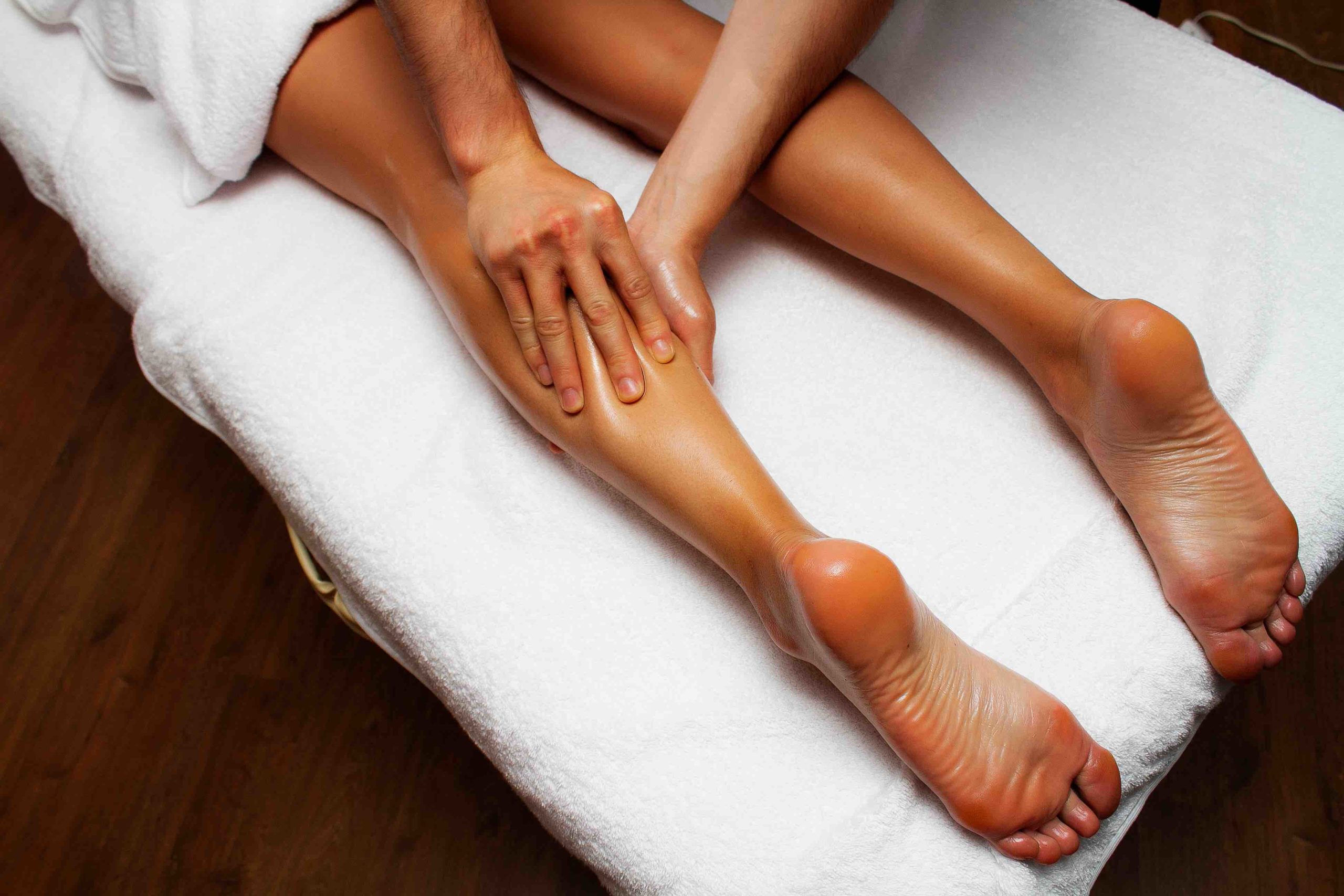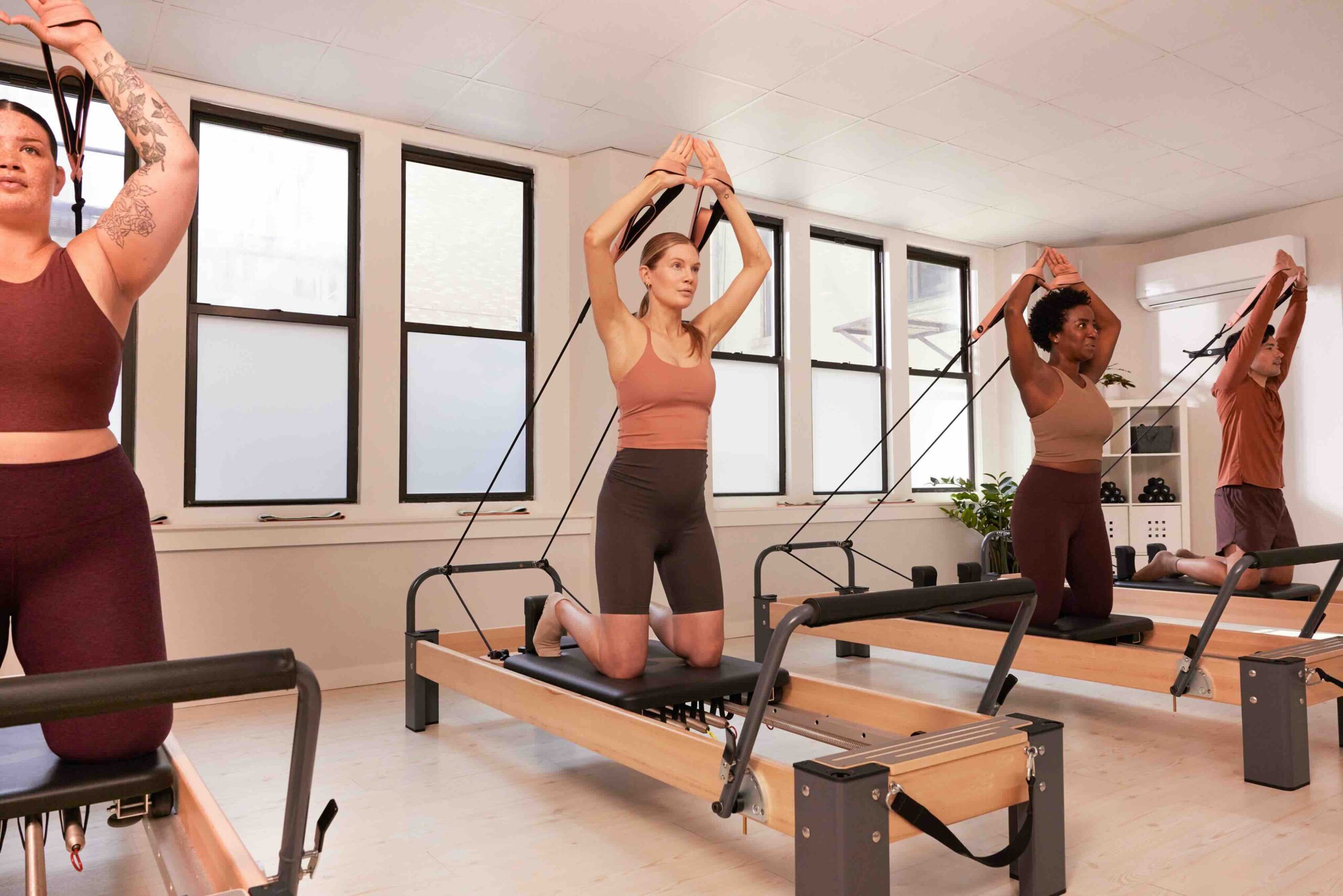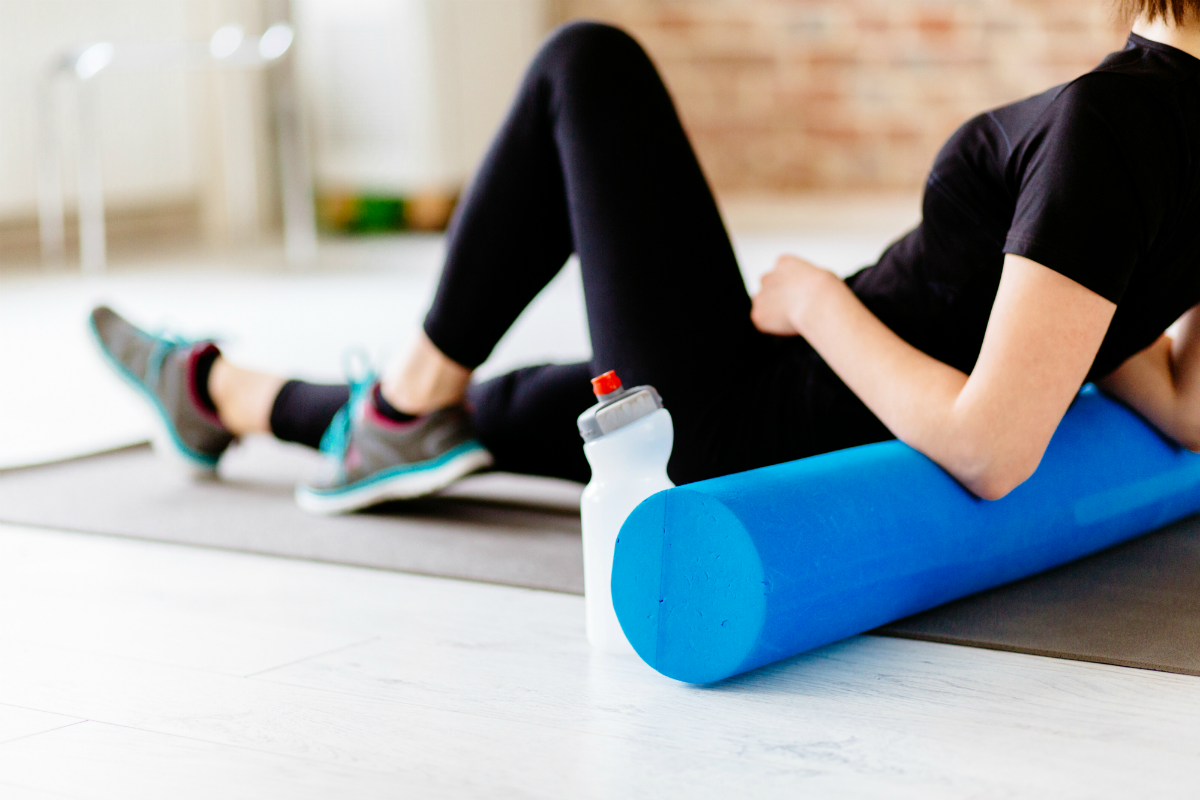If you struggle with swelling or other symptoms of lymphoedema, getting a lymphatic drainage massage could help reduce those symptoms and make life a little easier and more comfortable.
Lymphatic drainage guide
Unlike other forms of massage that you might be used to, lymphatic drainage massage treats a very specific need. And while it can be relaxing, it’s only really suitable for those dealing with lymphoedema or swelling in the arms or legs.
What is a Lymphatic Drainage Massage?
Lymphatic drainage massage is a specialized form of massage therapy that involves massaging and stimulated tissue that surrounds areas of your body affected by swelling. It can be performed by yourself or by a licensed therapist and can help alleviate symptoms of lymphoedema.
What is a lymphatic drainage massage used for?
Your lymphatic system helps your body to eliminate waste fluid that can remain in your muscles. This fluid is known as lymph and is typically removed via a network of lymph nodes and lymph vessels. However, this lymphatic system can be impacted by surgery, damage to your smooth muscle tissue, or other medical conditions such as breast cancer, causing a condition known as lymphoedema. This is a long-term condition that causes swelling, most commonly developing in the arms or legs.
Lymphatic drainage massage is a specialized medical massage that helps your body to drain out this lymphatic fluid that can collect in certain areas of the body. Lymphatic drainage massage involves massaging an area without swelling in order to improve the flow of lymph fluid away from the swollen area.
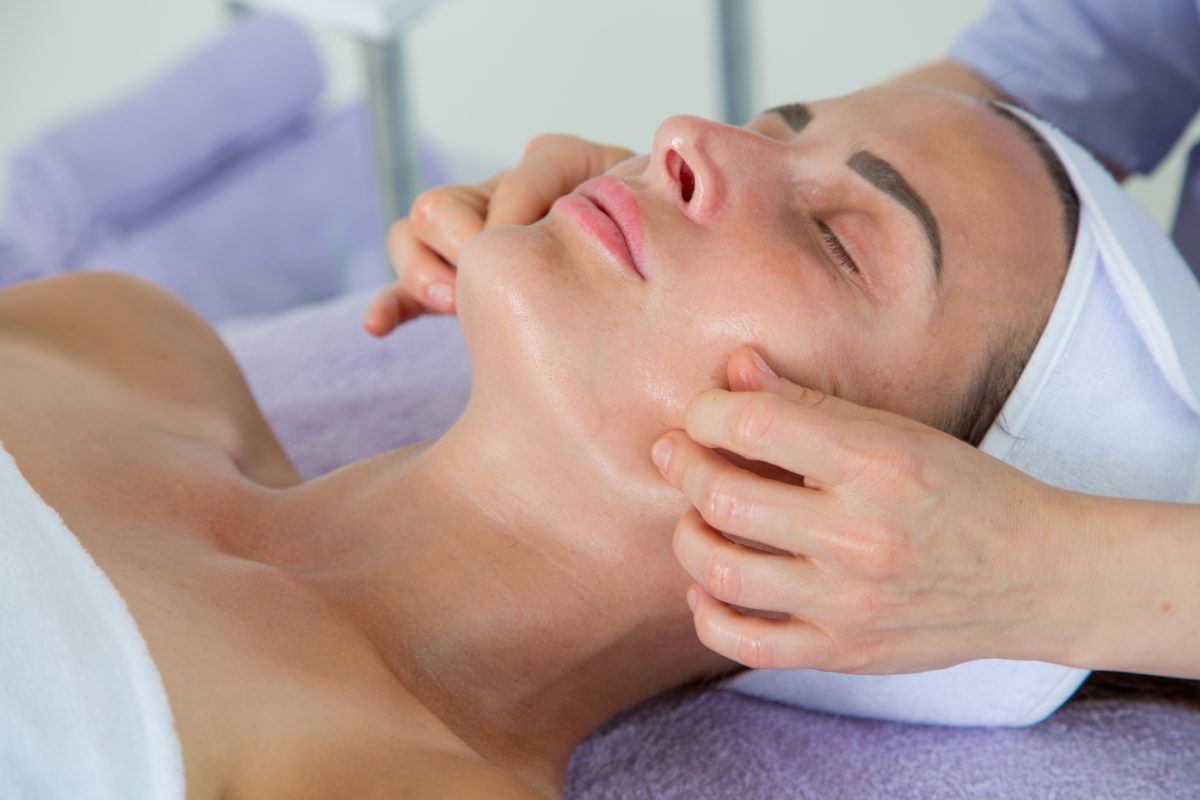
Do lymphatic drainage massages work?
Lymphatic drainage massages, if performed regularly can help to reduce swelling, it should not be thought of as a massage that helps you lose weight. Certain Instagram accounts post regular before and after photos of lymphatic drainage massage clients, revealing taught muscle and miraculous abs.
In truth there is no actual fat loss happening. All it is is a reduction in bloating or water retention, with little to no evidence to support any slimming or weight loss claims.
What are the types of Lymphatic Drainage Massage?
There are two types of lymphatic drainage: manual and simple.
Manual lymphatic drainage
Manual lymphatic drainage massage is performed by a qualified therapist. Designed to stimulate the lymphatic system, the hand movements and sequences involved are adapted for each individual person.
If you’ve been recommended to try manual lymphatic drainage by your doctor, you can use ClassPass to find a qualified therapist in your area.
Simple lymphatic drainage
Simple lymphatic drainage is a form of massage that you can perform yourself each day to help alleviate swelling. Simple lymphatic drainage is based on the more complex techniques of the manual lymphatic drainage and typically takes about 20 minutes to perform. It can be performed multiple times a day and is best performed at the same time each day to ensure the lymphatic system is stimulated regularly.
It’s important to remember that the swollen area is never directly massaged using this technique and it can be carried out either with or without your bandages on your affected limb. It’s also essential to learn these techniques from a specialist in order to learn which area to massage and how much pressure you should use.
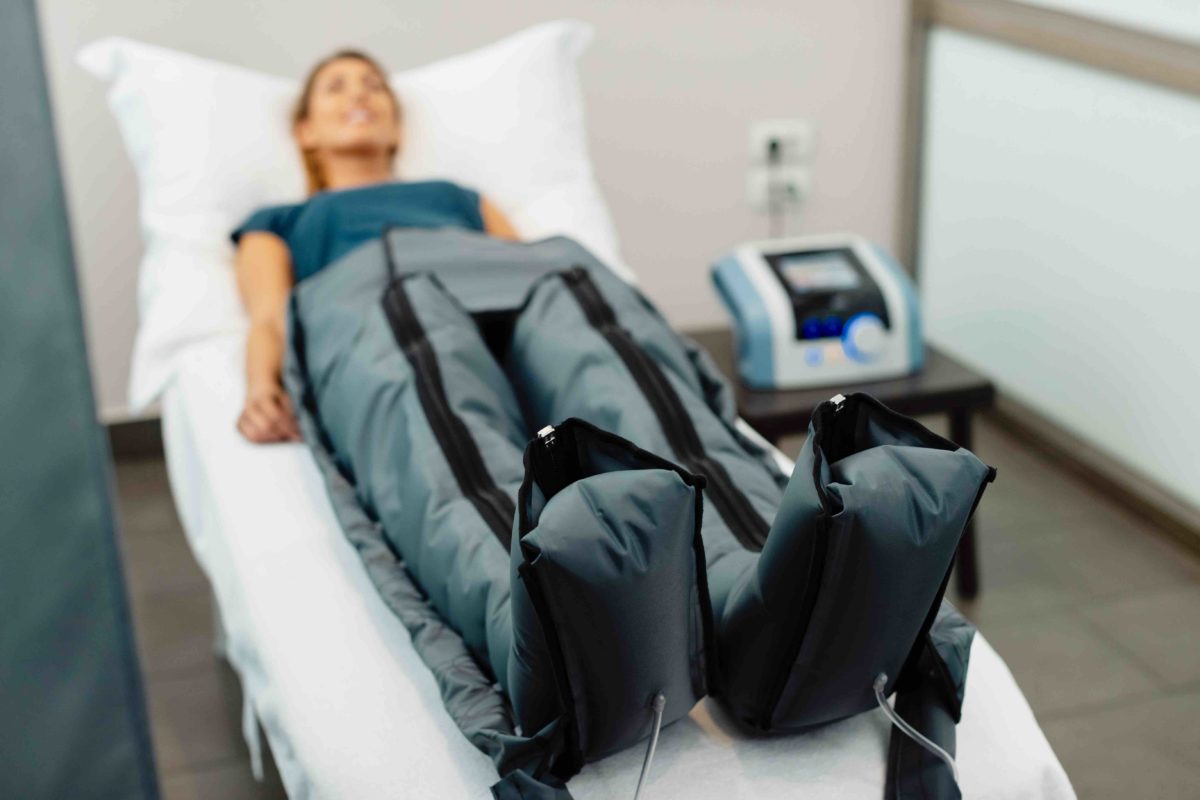
What are the benefits of lymphatic drainage massage?
The benefits of lymphatic drainage massage include:
- Reduced swelling
- A supported immune system
Reduced swelling
The main focus of lymphatic drainage is usually to aid in the reduction of swelling in specific areas. If you’re struggling with swelling caused by injuries, or noticeable swelling in your joints, lymphatic drainage helps to improve the flow of fluid away from the affected area.
Supports the immune system
Lymphatic drainage massage – used in conjunction with exercise, skin care and compression garments – can support the body’s immune defenses by increasing the flow of lymph fluid throughout the body. The lymphatic system helps to remove waste products and toxins while at the same time circulating white blood cells that are essential for healing and recovery.
How are lymphatic drainage massages done?
Lymphatic drainage massages are a two-step process: clearing and reabsorption. Clearing involves using gentle pressure on an area without swelling to create a vacuum effect that prepares it to draw in more fluid and create a sort of flushing effect.
Clearing is performed on the supraclavicular lymph area which is just under your collarbone, the axillary lymph area which is located under your arms, and the inside of your elbows. It can be performed multiple times throughout the day and should be performed in a specific order: supraclavicular lymph area, axillary lymph area, then inner-elbow area.
Reabsorption is the second part of the massage and starts at the part of the body farthest from your core and works inwards. For example, if you’re dealing with lymphedema in your hand, arm and shoulder, you would begin the massage at the tips of your fingers using a gentle, sweeping motion.
Are there any risks associated with lymphatic drainage massage?
For the most part, lymphatic drainage massage is a safe treatment that can be used regularly to help alleviate symptoms of lymphoedema. However, there are a few conditions that would make it not suitable.
When should you not have a lymphatic drainage massage?
Speak to your doctor or healthcare provider before having a lymphatic drainage massage if you suffer from any of the following conditions.
- Kidney failure
- Blood clots
- Infections
- Any form of heart condition
3 Comments
-
Thanks for information.
-
I’m very shocked that I have never in my life of 47 years heard about this? I have a immune system problem. Never once was this brought to my attention? This past few months I’m swelling up around my ankles, calves, stomach.. and feeling ran down badly… I want to do this, I’m also scared to try it..
-
Nice Blog
